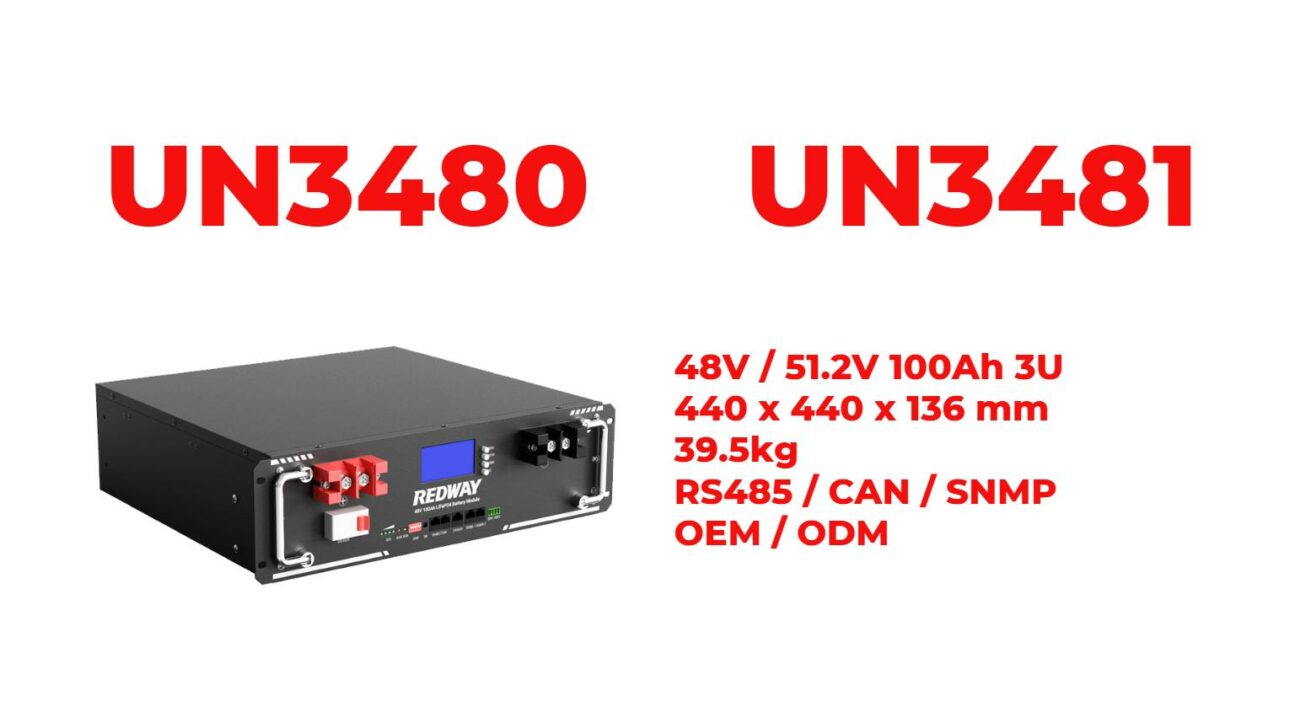
Why Is It Difficult to Extinguish a Lithium Battery Fire?
Lithium battery fires pose significant challenges due to their unique chemical properties and the risks associated with their combustion. Understanding why these fires are difficult to extinguish is essential for safety. Proper knowledge can help mitigate risks and ensure effective responses in emergencies involving lithium batteries.
Why Do Lithium Batteries Catch Fire?
Lithium batteries can catch fire due to several factors, including overcharging, physical damage, and manufacturing defects. When these batteries are subjected to extreme conditions or mishandling, they can undergo thermal runaway, leading to violent fires. This phenomenon occurs when the battery’s temperature rises uncontrollably, resulting in the release of flammable gases that ignite.Chart: Common Causes of Lithium Battery Fires
| Cause | Description |
|---|---|
| Overcharging | Exceeding the battery’s voltage limit |
| Physical Damage | Dropping or puncturing the battery |
| Manufacturing Defects | Contaminants or flaws during production |
| High Temperatures | Exposure to heat sources or direct sunlight |
What Causes Thermal Runaway in Lithium Batteries?
Thermal runaway is a critical failure mode for lithium batteries. It occurs when internal heat generation exceeds heat dissipation, leading to a rapid increase in temperature. Factors contributing to thermal runaway include:
- Overcharging: Charging beyond recommended limits.
- Short-circuiting: Internal faults causing current surges.
- External Heat Sources: Exposure to high temperatures.
Once initiated, thermal runaway can lead to explosions and uncontrollable fires, making it extremely challenging to manage.
How Can You Safely Extinguish a Lithium Battery Fire?
To effectively extinguish a lithium battery fire, specific methods and materials should be used:
- Class D Fire Extinguishers: These are designed for flammable metal fires, including lithium.
- Foam Extinguishers: Effective against lithium-ion battery fires by smothering flames.
- Specialized Agents: Products like F-500 Encapsulator Agent can encapsulate burning materials and prevent reignition.
Chart: Effective Extinguishing Agents for Lithium Battery Fires
| Agent Type | Use Case |
|---|---|
| Class D Extinguisher | For lithium metal fires |
| Foam Extinguisher | For lithium-ion battery fires |
| F-500 Encapsulator Agent | For encapsulating and cooling burning batteries |
Why Is Water Ineffective for Lithium Battery Fires?
Water is not effective for extinguishing lithium battery fires because lithium reacts violently with water, potentially causing explosions and worsening the fire. When water comes into contact with burning lithium, it can create flammable hydrogen gas, which may ignite and exacerbate the situation. Therefore, it is crucial to avoid using water on these types of fires.
What Are the Risks Associated with Lithium Battery Fires?
Lithium battery fires present various risks:
- High Temperatures: These fires can burn at temperatures exceeding 1,000°C (1,832°F), which can cause severe injuries and damage.
- Toxic Gases: Burning lithium batteries release toxic gases that pose health hazards.
- Reignition Risk: Even after extinguishing a fire, there is a significant risk of reignition due to residual heat.
Understanding these risks is vital for anyone using devices powered by lithium batteries.
How Can You Prevent Lithium Battery Fires?
Preventive measures can significantly reduce the risk of lithium battery fires:
- Proper Storage: Store batteries in cool, dry places away from flammable materials.
- Avoid Overcharging: Use chargers specifically designed for your battery type and avoid leaving devices charging unattended.
- Regular Inspections: Check batteries regularly for signs of damage or swelling, which could indicate potential failure.
By implementing these practices, users can enhance safety and minimize fire risks associated with lithium batteries.
Industrial News
Recent reports highlight an increase in incidents related to lithium battery fires across various sectors, particularly in consumer electronics and electric vehicles. Authorities are emphasizing the importance of using certified chargers and maintaining proper storage conditions for lithium batteries. New regulations are being considered that mandate stricter safety standards for manufacturers and retailers of lithium-powered devices.
Expert Views
“Understanding the chemistry behind lithium batteries is crucial for effective fire response,” states Dr. Emily Carter, a fire safety expert. “The unique properties of these batteries require specialized knowledge and equipment for safe handling during emergencies.” She further stresses that prevention through proper usage and storage is key to mitigating fire risks associated with lithium batteries.

